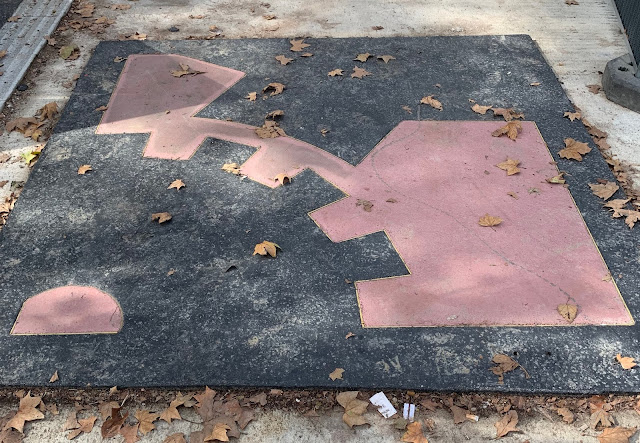Paris has many historic monuments. One important monument is the Colonne de Juillet de la Place de la Bastille, the July Column.
The column commemorates an important episode in the history of Paris, the July Revolution of 1830 when the King of France Charles X was deposed and Louis-Philippe became King of the French. The July Column monument was completed in 1840. Louis-Philippe remained king until another revolution in 1848.
The monument, 154 feet tall, resembles a Corinthian column. The gilded statue on top of the column was created by Auguste Dumont and depicts the Génie de la Liberté (the Spirit of Freedom). The names of the victims of the July Revolution are inscribed on the column.
The foundation of the July Column contains a columbarium that holds the remains of more than 600 victims of the July Revolution. Following another July revolution in 1848, the remains of another 200 victims were added to the columbarium and the throne of the deposed, exiled Louis-Philippe was burned nearby.
The location of the July Column is no mistake. It was placed where another July revolution began. The column is located near the former site of the Bastille prison, which was stormed on July 14, 1789, marking the start of the French Revolution.
 |
| Colonne de Juillet de la Place de la Bastille |
The monument, 154 feet tall, resembles a Corinthian column. The gilded statue on top of the column was created by Auguste Dumont and depicts the Génie de la Liberté (the Spirit of Freedom). The names of the victims of the July Revolution are inscribed on the column.
 |
| Génie de la Liberté |
The location of the July Column is no mistake. It was placed where another July revolution began. The column is located near the former site of the Bastille prison, which was stormed on July 14, 1789, marking the start of the French Revolution.
The Bastille prison was used to hold political prisoners, persons held indefinitely without trial on the order of the crown. So, it was a much hated symbol of unlimited royal power. Consequently, when one group of revolutionaries wanted to attack a symbol of the King's unrestrained power, the Bastille provided a convenient symbol.
The Bastille was stormed, some prisoners were freed, and the site became legendary. The Bastille was torn down within months. A monument was long planned for the site. The July Revolution of 1930 sparked renewed interest in a monument, which became the July Column.
The Bastille was stormed, some prisoners were freed, and the site became legendary. The Bastille was torn down within months. A monument was long planned for the site. The July Revolution of 1930 sparked renewed interest in a monument, which became the July Column.
Nothing of the Bastille remains where it once stood. Historic markers indicate the former outline of the former prison, which was originally built as a fortress protecting the eastern wall of Paris. Below is a depiction of the former location of the Bastille, along photographs of two of the markers of the Bastille's actual location.
 |
| Credit: KAC Johnson Books |
La Place de la Bastille, where the Bastille once stood and where the July Column stands, is home to a modern Paris monument, the Opéra Bastille, the second home of the Paris Opera.
 |
| The Opéra Bastille |



No comments:
Post a Comment